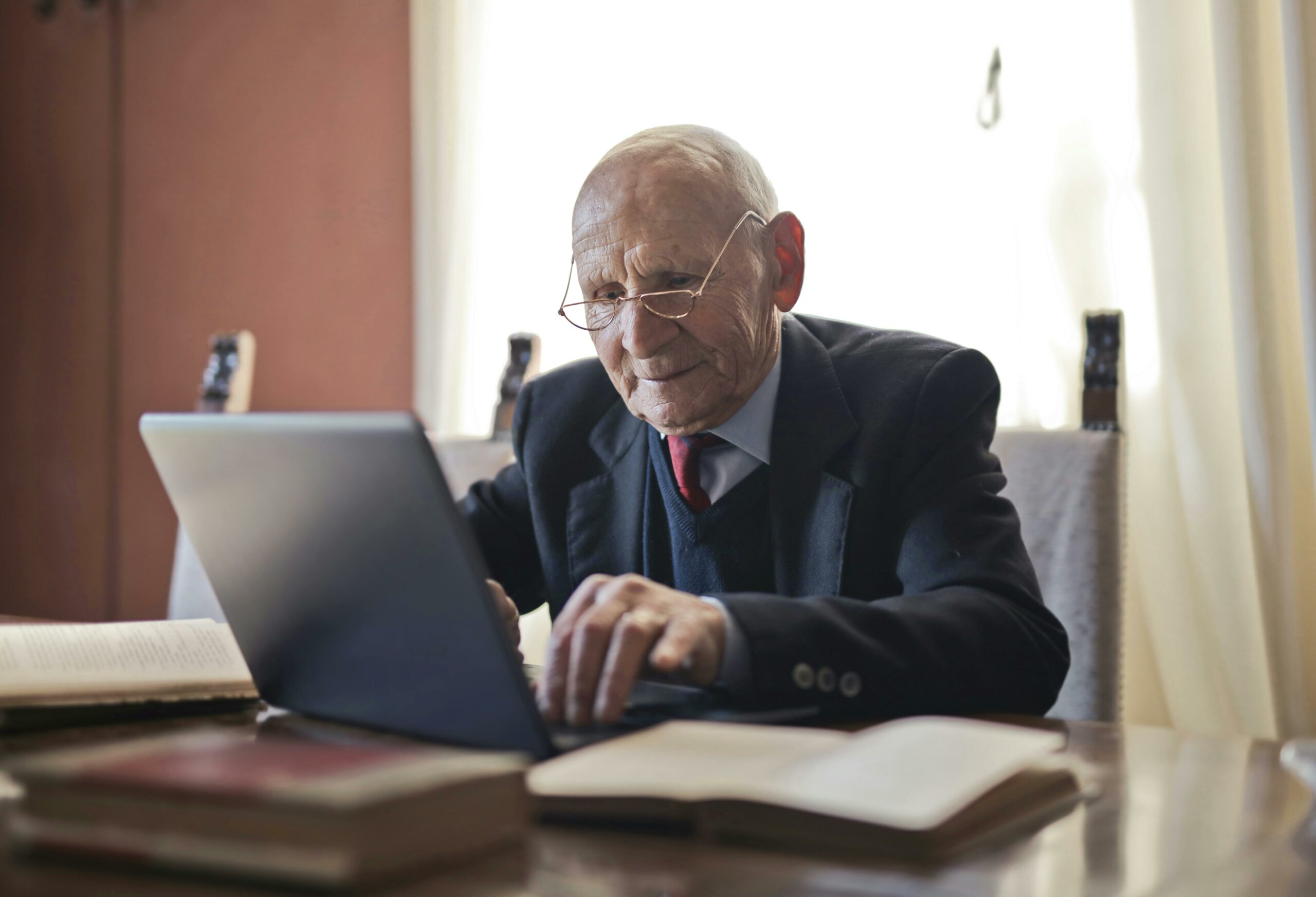What is accessibility?
Accessibility is a broad concept describing the extent to which a given system can be used by as large a group of people as possible.
It is a property of the environment (physical space, digital reality, information and communication systems, products or services) that allows people with functional (physical, cognitive) difficulties to use it on an equal basis with others.
Regulations in Poland – WCGA2.0 and WCAG2.1 Directives
With people with disabilities in mind, the WCAG 2.0 standard (Web Content Accessibility Guidelines) was created – an extensive set of recommendations on the accessibility of Internet content – these are 12 guidelines defining the features of individual content elements on the Internet that affect their accessibility. This applies to online stores, email clients and mobile applications.
WCAG2.1 is an extended WCAG 2.0 standard with an additional 17 guidelines related to sharing content on mobile devices. among others the ability to view the image on mobile devices in vertical and horizontal orientation, adjust the page content to the device window without having to scroll the image, use appropriate spacing between lines, use an appropriate contrast ratio, and the ability to turn off animation after interaction.
Public institutions are obliged to apply these Directives, but when thinking about popularizing solutions, we should ensure that newly created products/services meet these requirements to the greatest extent possible.
What does accessibility mean to us as a company?
Accessibility for us is one of our 4 main values (along with innovation, cooperation, security), to which we attach a huge importance when designing solutions in the field of voice biometrics and improving systems of this type. We develop our technologies with its universality in mind, for people who lack knowledge or have little knowledge about online threats. By creating solutions already at the research stage, we make sure that as many people as possible can use them, giving priority to people who are not fully functional, e.g. with limited vision. In this way, we try to eliminate differences, to put it bluntly, to counteract digital exclusion. We believe that this approach significantly improves the quality and comfort of life of people with disabilities. According to the Central Statistical Office, there are over 3 million such people (legally registered) in Poland, which constitutes 10% of the entire society.
Vesper voice communicator
We are currently working on a new, innovative solution for communicating via voice. Its advantage will be its high accessibility for people with disabilities. Due to the fact that the solution will also be available on mobile devices, we will base our design on the WCAG2.1 standard. The product will feature a clear and default interface, ensuring simple and intuitive operation and high flexibility in use. The voice communicator will provide users with, among others: the ability to clearly zoom in on the text or use alternative descriptions. It is worth emphasizing that none of the instant messengers available on the market have such functionalities.
The project is implemented thanks to a grant from the European Union.
more about the Vesper project
Month: February 2024
Is it possible? The research experiment opens new possibilities in this area.
Researchers in the UK have created a dataset of physical movements that generate speech sounds. This collection may be used in the future to develop speech recognition systems that synthesize the voices of people with speech impediments. This may also contribute to the development of a new method for recognizing silent speech and even new behavioral biometrics.
This means that in the future, voice-controlled devices such as smartphones will likely be able to read users’ lips and be used to authenticate banking and other sensitive applications by identifying the user’s unique facial expressions. In other words, a person could be authenticated based on the movements of their lips and face.
In this experiment, the database was built based on lip reading and facial movement analysis. Data from continuous wave radars were used to capture the movement of the skin on the face, tongue and larynx of the study participants while speaking. Scientists used, among others, a laser spectra detection system with a super-fast camera to capture vibrations on the skin surface, as well as a Kinect V2 camera to read changes in the shape of the lips when forming various sounds.
The database, created based on the analysis of 400 minutes of speech, will be made available to researchers free of charge in order to further develop the technology.
The research group included scientists from the University of Dundee and University College London. The experiment also used technology from the Center for Communication, Sensing and Imaging at the University of Glasgow.


